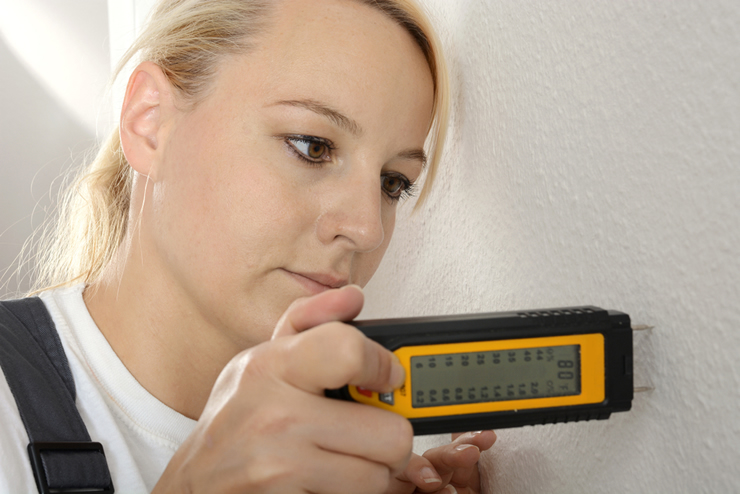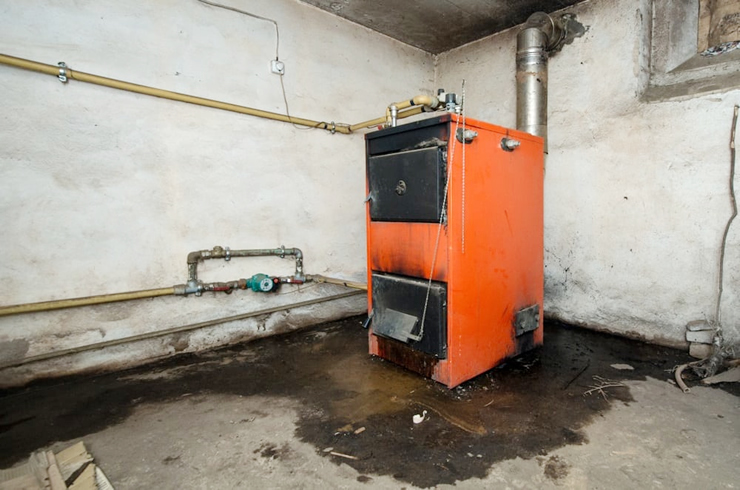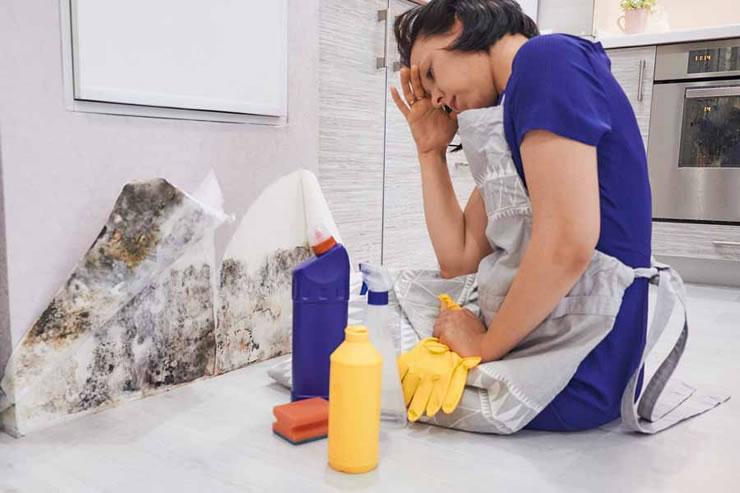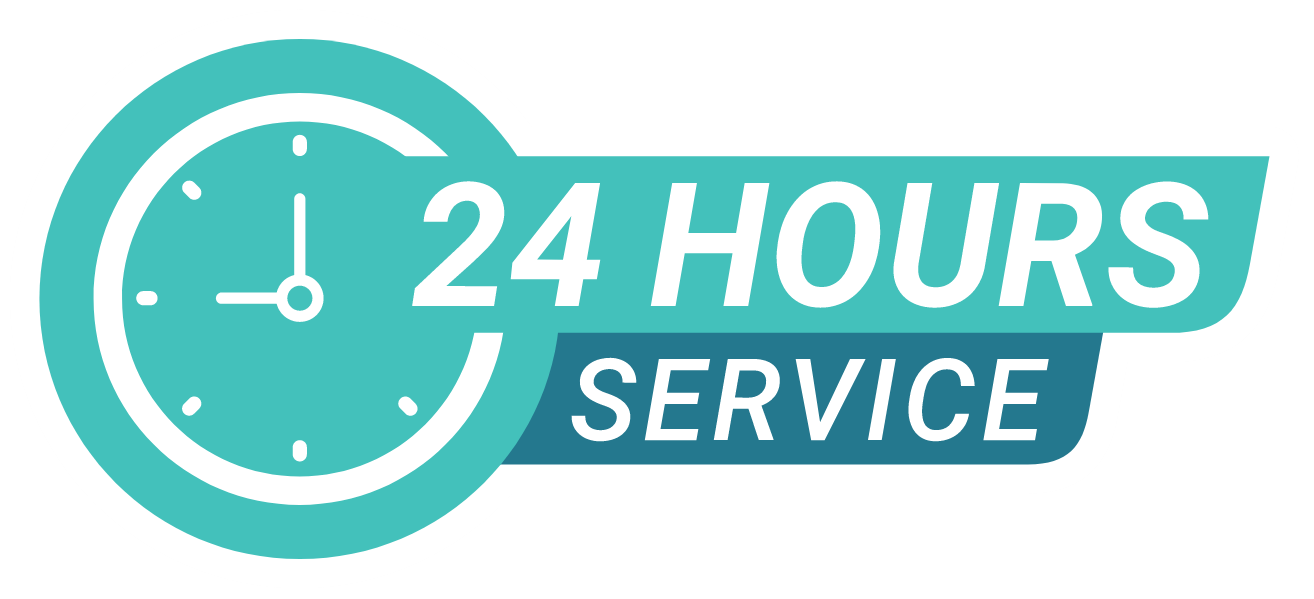Homeowners, Tenants and Business Offices are all in the same “boat” when it comes to mold and mildew. Learn how to put a stop to mold before it does damage!

Before tackling mold head-on, use these basic principles that apply around the house and most structures in general. These are simple steps to keep moisture, and mold growth, under control.
- Try to keep the humidity level under 60%. Simple humidity monitors are available for under $25.
- Dry wet materials quickly. It only takes 1-2 days for mold or mildew to start growing.
- Clean, disinfect and dry up any surfaces you’ve seen to be prone to mold growth. A vapor steam cleaner may help. If you see recurring mold you may want to consider getting a professional to come in and locate the source to eliminate it.
- Keep the water out to begin with… repair any leaks as they appear; replace old pipes with modern materials; fix leaks in roofs, walls and the building foundation.
- Unclog and keep HVAC units clear. Be sure to drain them regularly.
- Dry any items or property completely before putting in on-site storage.
- Take measures to improve the air flow in the home or office. Start with opening closet and supply doors more frequently. Move furniture further from walls to provide better ventilation in confined spaces. And the more windows you can open, the better… UNLESS it’s raining:)
- Monitor the ventilation on lower levels. Try setting up a foundation drain or installing a dehumidifier. Be sure to insulate walls or update old insulation. You can even set up a thermal plane. Above all, make sure to let the entire room dry completely.
STOPPING MOLD GROWTH: BASEMENTS

- Mold can extend far beyond visible surfaces because it tends to spread farther than exposed parts. Check under the surface when possible. And if you suspect mold or smell odors but can’t find it, we suggest you call in a professional to inspect for mold. You DON’T want to just “leave it be.”
- Remove bags, boxes and other items in a mold-affected area and put them in garbage bags, especially any that have come in contact with mold.
- Remove carpets and other flooring materials you suspect to be affected with mold. This could be visible on the surface, growing underneath, or even simply an odor. Salvageable items can be cleaned with a solution or restored with steam cleaning. Again, experts may be able to restore or salvage more items by virtue of stronger solutions and professional equipment.
- Prepare a spray bottle with borax, vinegar, and water or bleach. There are many, many chemicals and solutions purported to be effective on mold – but that’s an entire blog for another day! Spray the solution on walls, windows, pipes and other fixtures. Let it sit for 1-2 hours.
- Outdoors, it’s best to dispose of mold-contaminated materials immediately. With the exception of clothes and carpet that can be washed and a few metal, plastic or moisture-resistant materials that you think you can clean up and save, most porous items end up beyond help.
- Re-spray basement surfaces after about 2 hours. Remember, it’s better to spray too much and be sure to keep mold spores from growing again than to spray to little and have to start again at square one. Scrub surfaces as hard as possible and use brushes on hard to reach spots.
- Rinse the scrubbed surfaces multiple times to ensure no residual mold is left to take hold and begin growing again.
- Spray the cleaned surfaces with borax one last time before leaving them to dry.
- Once your lower level or basement is dry, all that’s left is redecorating with new flooring, replacing insulation, and returning any salvaged items that you removed from it.
STOPPING MOLD GROWTH: BATHROOMS
Bathrooms play a close 2nd to the basement as damp spaces with lots of dark areas ripe for mold to appear. Here’s a few quick tips on stopping bathroom mold in its tracks:
- The sealant or caulking often gets discolored. This does not always signify mold, but either way it’s best to remove and replace it.
- Clean bathrooms with effective mold-killing chemicals such as vinegar, bleach or hydrogen peroxide. Each has its strengths and weaknesses and arguments as to how effective they are. A little research beforehand will help you, or refer to a future blog installment being written specifically on the topic. IMPORTANT: Do not to mix any of these chemicals to avoid a toxic outcome that could do worse damage than the mold or be even more hazardous to your health.
- While you’re cleaning, keep bathroom doors and windows open. This increased air circulation should help dry the bathroom and make it that much harder for mold to get a foothold.
STOPPING MOLD GROWTH: WALLS
Walls are a very common and very tricky place for mold to grow. Despite the tips below on cleaning walls, if you see mold on the surface it’s possible mold is growing beneath the surface. Mold and mildew can grow between your drywall and your wallpaper, wood, tile, and even paint!
In fact, because drywall is porous and depending on how long the area has been affected, mold can be growing on the drywall and wood beams inside the walls. We invite you to use the steps below to stop mold growth on the surface, but we strongly suggest contacting a mold professional to determine potential damages and to make sure the problem is far reaching and just waiting to come back worse than before.
If mold has reached anywhere beneath the surface the safest bet is to literally cut out the affected areas and replace them. Again, it’s probably best and healthiest to leave that to professionals.

To cleanup and remove surface mold on walls:
Prepare to clean the affected walls – possible clothes for spills or liquid running down the walls, etc. If mold has spread to nearby items such as carpet or artwork or similar, remove these from the walls and salvage whatever you can.
Apply a mixture of 1 part bleach and 3 parts water and let the solution soak in for a few minutes. Scrub the affected areas with a heavy-duty sponge or scrub brush. Scrub hard. Scrub as hard as you can without damaging the surface.
- In bad cases you may need to use the bleach mixture above in combination with a chemical mold remover. Make sure to wear rubber gloves and respirator mask for protection and turn on the ventilation fan but if these steps are necessary, consider bringing in experts and keeping a healthy distance.
- Make sure to dry the walls completely and thoroughly.
STOPPING MOLD GROWTH: CLOSETS
- Be sure to open windows and doors close to the mold-affected closet.
- To protect yourself and your property, always wear a face mask in a confined space like this and lay a tarp or protective layer on your closet floor.
- Spray water into the affected areas of the closet to stop any mold spores from getting airborne. You don’t want to inhale them and you don’t want them simply floating someplace else and start a new mold problem all over again.
- Prepare a mixture of warm water and a mild dish soap.
- Using the cleaning solution and a stiff brush, firmly scrub the closet mold.
- Rinse the detergent solution by spraying another round of water.
- Dry up all the closet surfaces while leaving the windows and doors open for a thorough drying.
STOPPING MOLD GROWTH: CRAWL SPACES
- Check for leaks in the crawl space ceiling and walls, especially the plumbing components and HVAC ducts. If it seems especially wet and you can’t determine why, you may want to have a plumber pinpoint the source of water and address it.
- Downspouts and gutters should direct water away from the foundation of the house to prevent water from flowing into the crawl space.
- Provide proper ventilation in the space, with the rule of thumb being 1 square foot of ventilation for every 150 square feet of crawl space area.
- Insulate the space floor and foundation walls with plastic sheeting.
- Check the insulation biannually or annually for any water problem.
- Dryer vents should release air outside and not into your crawl space to prevent humidity readings in the area from increasing. Ideally you want humidity levels in the 30% to 50% range.
If you experience mold damage in Maryland or Virginia know that you can always count on the experts at Tri State Restorations to help you recover your space and restore your property. We can be on site within 90 minutes to start the process of reclaiming your home or business. Contact us at 866-818-1949.
#molddamage #mold #mildew #moldcleanup #moldremoval #moldrestoration #moldprevention #stoppingmold #basementmold #bathroommold
Sharing is caring!






